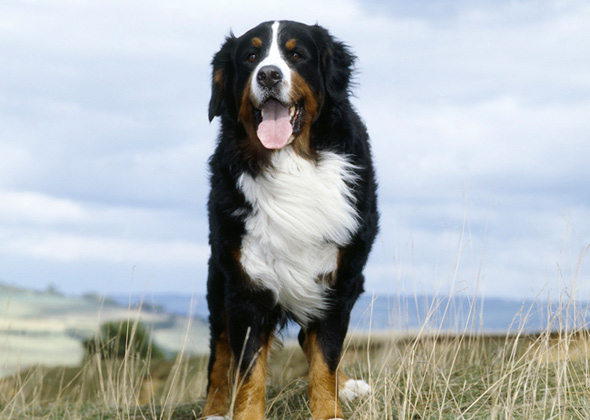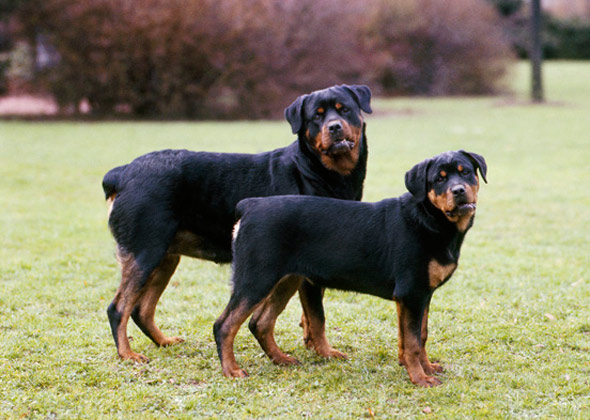5 Giant Dog Breeds This Veterinarian Would Like to See Less Of
Published on July 05, 2016
Skip To
As a veterinarian, I’ve met my fair share of giant dog breeds — and I love each and every one of them. These are big dogs with even bigger hearts! That being said, there are certain giant breeds I wish I didn’t see so often. Not because they are bad breeds — there’s no such thing — but because certain giant breeds are prone to health problems or are overpopulating rescue groups and animal shelters. I’m a huge fan of the big breeds below (I can’t stress that enough); I just wish their quality of life could improve, so they could live the happy, healthy lives they deserve.
More on Vetstreet:
What You Can Do to Help
Before you commit to getting a dog — whether its breed on this list or not — do your research. Learn as much about the breed as possible and find out which health issues to watch out for. Ask the breeder for proof of testing for heritable diseases and make sure he is willing to discuss any potential health problems. You should also consider adopting an adult dog from a shelter or rescue group. And if you’re still hoping for a giant dog breed, you may want to consider these five big breeds I’d like to see more of.More on Vetstreet:
- 3 Illnesses Your Dog Can Give You
- 5 Heartworm Myths: Fall for Any of These?
- The No.1 Worst Way to Choose a Veterinarian
- What to Do If Your Dog Hates Wearing a Leash
- Lyme Disease and Pets: What’s True and What’s Not






